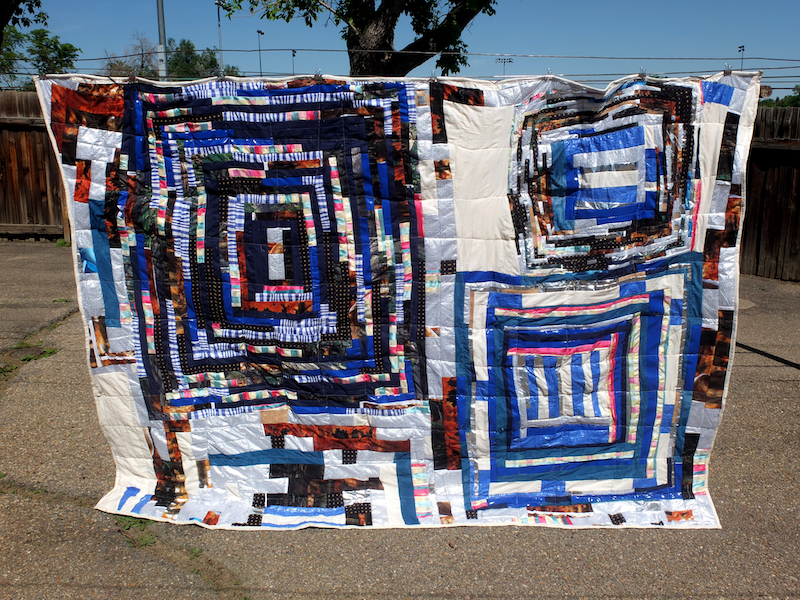Knotting began for me as a way to mark time. But as our lives changed because of the impact of the coronavirus, knots evolved into an exercise to ease anxiety. It was now a way to mark time and emotion. My relationship to time and memory has changed a lot since we began ‘staying-at-home’. I feel the passage of time more acutely. I have a hard time remembering when something happened. Maybe it was only one week ago, but it feels like months have passed.
Uncertainty and instability have become trendy words because of the coronavirus. The things in our lives that we perceived as stable or certain are no longer seen or felt that way. I wanted to explore this idea of uncertainty/instability in relation to garments and textiles. Garments are often referred to as a second skin, or security blanket. What happens when they fall apart? Sweaters and knitwear have the potential to unravel. Clothing can wear out, or tear. But I wanted to think about designing for falling apart. Or more specifically, dissolving.
What if the act of wearing a garment causes it to fall apart? The moisture produced by our bodies has the potential to cause a garment to come apart, or in this case, dissolve.
‘Knotting. Knotted. Knot’ is the first iteration of this research. ‘Knotting. Knotted.Knot’ uses water soluble embroidery interfacing as the ground for knots to accumulate. Instead of making an identifiable garment, I instead kept the embroideries in the abstract forms that they took, expressing the state of the emotions that the knots are keeping a record of.
